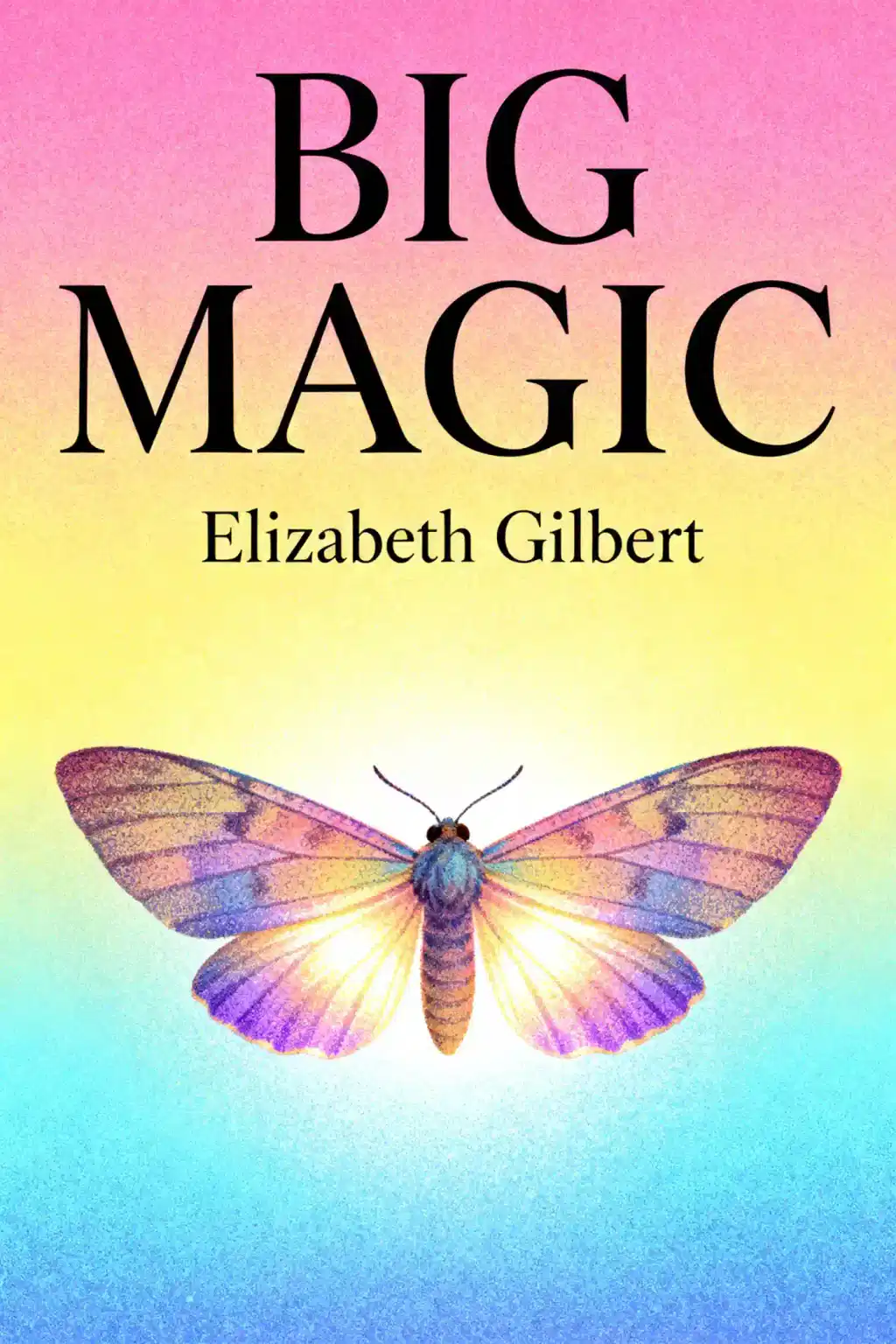What is
Big Magic by Elizabeth Gilbert about?
Big Magic by Elizabeth Gilbert explores how to embrace creativity and overcome fear through a blend of practical advice and mystical insights. The book is structured into six themes—Courage, Enchantment, Permission, Persistence, Trust, and Divinity—guiding readers to prioritize creative fulfillment over external validation. Gilbert reframes creativity as a collaborative partnership with "ideas" she personifies as energetic entities seeking human collaborators.
Who should read
Big Magic?
This book is ideal for anyone seeking to reignite their creative spark, including writers, artists, hobbyists, or those feeling creatively stagnant. Gilbert addresses universal struggles like self-doubt and perfectionism, making it valuable for both professional creatives and everyday individuals pursuing passion projects.
Is
Big Magic worth reading?
Yes—readers praise its accessible, uplifting tone and actionable strategies for overcoming creative blocks. While some critique its spiritual approach to creativity, the book’s emphasis on curiosity over suffering resonates with those seeking joy in their creative process.
What are the main ideas in
Big Magic?
- Ideas as living entities: Gilbert posits that ideas actively seek collaborators and will depart if neglected.
- Fear as a companion: She advises accepting fear’s presence without letting it dictate choices.
- Creative entitlement: Pursue creativity for its own sake, not external rewards like fame or wealth.
How does Elizabeth Gilbert define "Big Magic"?
Gilbert describes "Big Magic" as the mysterious, collaborative force between humans and creative inspiration. She views creativity as a spiritual practice where ideas—described as "disembodied energy"—partner with individuals willing to nurture them.
What are key quotes from
Big Magic?
- “The universe buries jewels within us”: Encourages self-trust to uncover innate creativity.
- “Done is better than good”: Advocates prioritizing progress over perfection.
- “Creativity is sacred, and it’s not sacred”: Balances reverence for art with pragmatic, playful creation.
How does
Big Magic address fear in creativity?
Gilbert normalizes fear as inevitable but urges readers to avoid letting it stifle curiosity. She suggests acknowledging fear’s voice without granting it decision-making power, framing creativity as a courageous act of “stubborn gladness”.
What is the “permission” concept in
Big Magic?
Gilbert rejects the need for external validation (e.g., degrees, accolades) to create. She argues that permission arises from self-determination: “You do not need anybody’s permission to live a creative life”.
How does
Big Magic compare to
The Artist’s Way?
While both books empower creatives, Big Magic emphasizes playful curiosity over The Artist’s Way’s structured exercises. Gilbert’s focus on collaboration with ideas contrasts with Julia Cameron’s introspective, spiritual recovery framework.
What are criticisms of
Big Magic?
Some readers find Gilbert’s mystical approach impractical for systemic creative barriers (e.g., financial constraints). Others argue her advice oversimplifies complex challenges, though supporters counter that the book prioritizes mindset shifts over logistical solutions.
How can
Big Magic help with creative burnout?
The book encourages reconnecting with joy through small, consistent acts of creation rather than obsessing over outcomes. Gilbert’s emphasis on curiosity and “stubborn gladness” offers a counter-narrative to productivity-driven burnout.
What is the role of “divinity” in
Big Magic?
Gilbert frames divinity as the awe inherent in creative acts, regardless of scale or medium. She rejects elitist definitions of art, celebrating everyday creativity like gardening or home decor as equally meaningful.




















